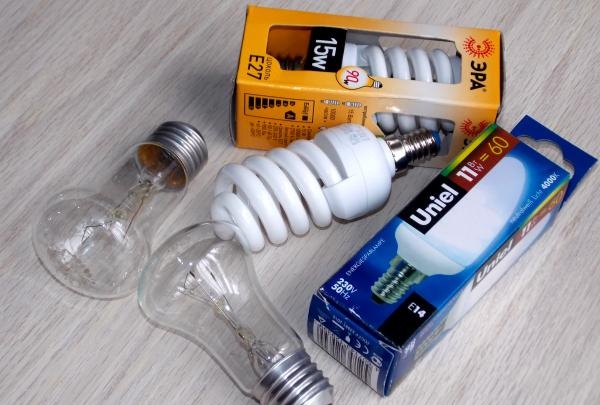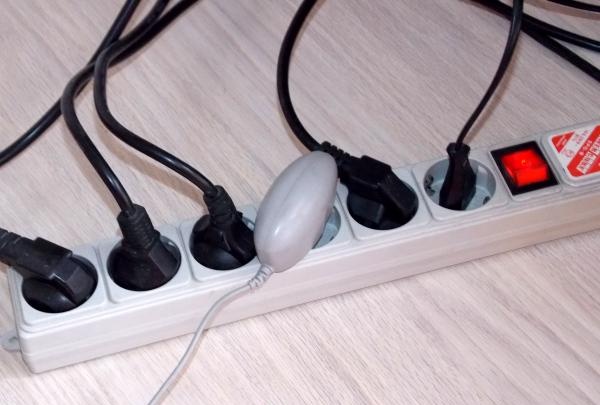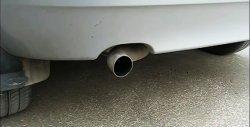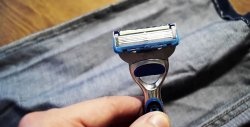
What can you do to reduce the amount of electricity consumed and pay less?
First of all, everyone should learn to save energy through the rational use of household appliances available in the house. How? Yes, very simple!
So, we present to your attention several simple, but very effective measures that will help you learn how to save energy:
Iron. Do not over-dry and do not even wait until the laundry is completely dry; start ironing it slightly damp.The drier the laundry, the more electricity (and time) it will take to iron. And before you start “communicating” with the iron, first sort your laundry by fabric type and start ironing with those items that do not require strong heating of the electrical appliance.
Vacuum cleaner. After each use of the unit, do not be lazy to immediately empty the dust container, be it a bag or a waste container. A vacuum cleaner with even a half-filled dust container works slower, consuming at least 40% more electricity.
Electric kettle. If you have a gas stove in your house, first of all, try to use the electric kettle less often. Let the water boil on the stove a little longer, but you will have the opportunity to save on electricity. Do not fill the kettle with more water than you need - it takes much more energy to boil a kettle filled with water. If possible, use a thermos to keep the water hot so you don't have to boil the kettle again. Regularly descale the kettle, as it slows down the boiling process of water.
Fridge. Install this indispensable attribute in the darkest, coolest corner of the room. The closer the refrigerator is to heating (batteries, radiators) and heating (stove) devices, as well as to the sun's rays, the more electricity it will consume. In addition, to reduce energy consumption when using the refrigerator, try to observe a few more points:
• do not allow a thick layer of ice to form in the freezer, defrost and wipe the refrigerator dry regularly;
• before placing food in it, cool it to room temperature, never place a hot pot or frying pan;
• close the refrigerator door tightly and do not keep it open for a long time;
• make sure that the door seal fits tightly to the refrigerator body, avoiding the formation of even the slightest gap;
• when installing a refrigerator, leave a gap between its radiator and the wall so that the unit can cool in a timely manner.
TV. If you have old-style televisions (cinema tubes) in your home, try to replace them with LCD devices. Modern TV models consume electricity at least half as much as their predecessors.
Lighting. Instead of multi-lamp ceiling chandeliers and lamps, try to “introduce” several small single-lamp light sources (sconces, floor lamps, table lamps) into your home. Such lamps consume significantly less energy than, say, a chandelier in which three or five lamps are lit simultaneously.
Light bulbs. The famous Ilyich light bulb consumes much more electricity than its modern energy-saving or LED counterparts. Replace simple light bulbs at least in frequently used areas (children's room, kitchen, work or study area). In the bathroom and toilet rooms, as well as in the hallway, where the light is on for a short time, you can leave old-style light bulbs. Of course, the cost of energy-saving lamps is somewhat higher, but their service life is much longer.

Washing machine. If you are still wondering which model of washing machine to buy, opt for modern class A models.It is these models, according to experts, that consume energy 2/3 less than others. If you have already acquired a washing machine, approach its use rationally, having learned the following points:
• run the wash only with a completely filled machine drum (it is better to run a full machine once than twice with a half-empty drum);
• when washing, the most energy consumed is heating water, so try to wash at a temperature no higher than 60 °C - this will reduce energy consumption by almost half;
• if possible, when choosing a mode, exclude pre-wash, which increases energy consumption by at least 15%.
Electric stove. When using an electric stove, make sure that its burners are not deformed and that the bottom of the cookware you use fits tightly to their surface. The discrepancy between the size of the bottom of the cookware and the diameter of the burners also leads to excessive energy consumption. In addition, try to turn on the stove immediately before you start cooking, and turn it off a little earlier until the dish is completely ready, since when it cools down, the burner will also heat what is on it.
And a few more general recommendations that will help you reduce the amount of energy consumed:
• try to decorate your home in light colors (curtains, wallpaper, furniture) – this will allow you to make maximum use of natural light;
• do not be lazy to wash the windows more often, since it is on them that a huge amount of dust and dirt accumulates, refracting the flow of sunlight into the room;
• when leaving the room, even for a few minutes, turn off the lights and do not leave the TV on for a long time unnecessarily;
• do not save money on purchasing high-class energy-saving household appliances – class A;
• do not turn on several lighting fixtures where you can get by with one lamp;
• do not leave electrical appliances (microwave ovens, televisions, stereo systems, computers) turned on for a long time in standby mode - they also consume energy;
• disconnect all kinds of chargers that supply electricity to phones, laptops, cameras from the device and from the network immediately after the charging process is completed, since they continue to consume electricity.

Here, perhaps, are all the main points that everyone who does not want to overpay for their carelessness should focus on. With such rational use of all household appliances, when you look at your next electricity bill, you will soon notice how much your expenses have decreased.
Be thrifty!











